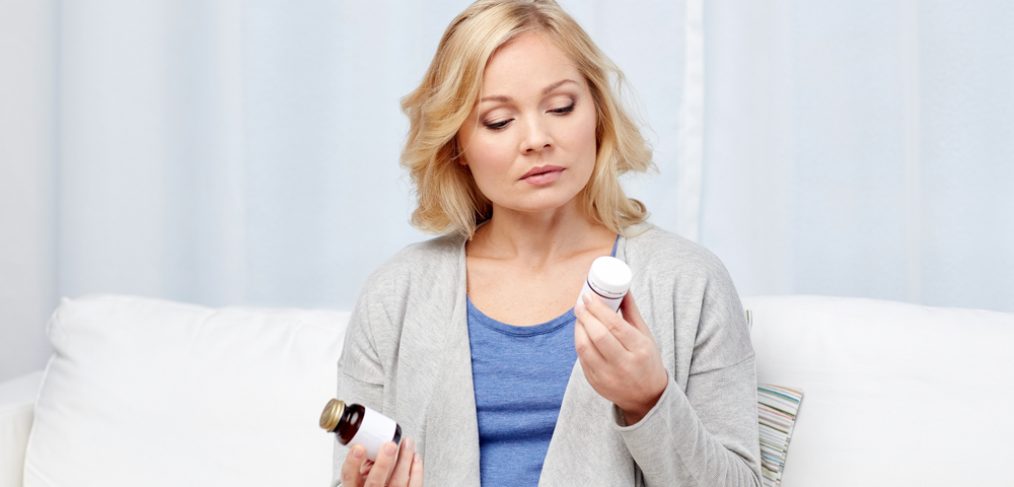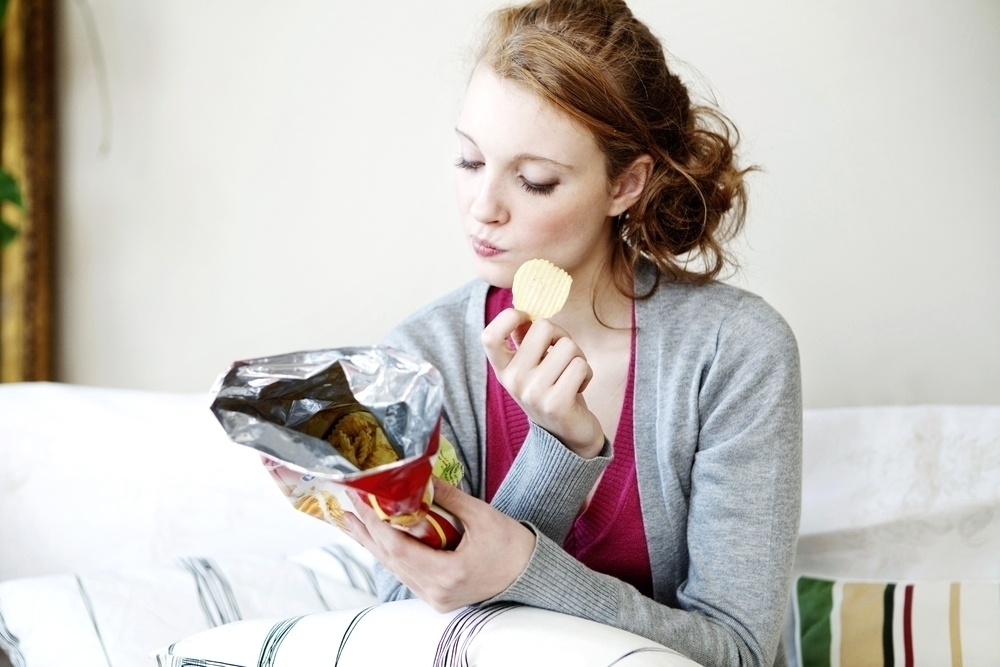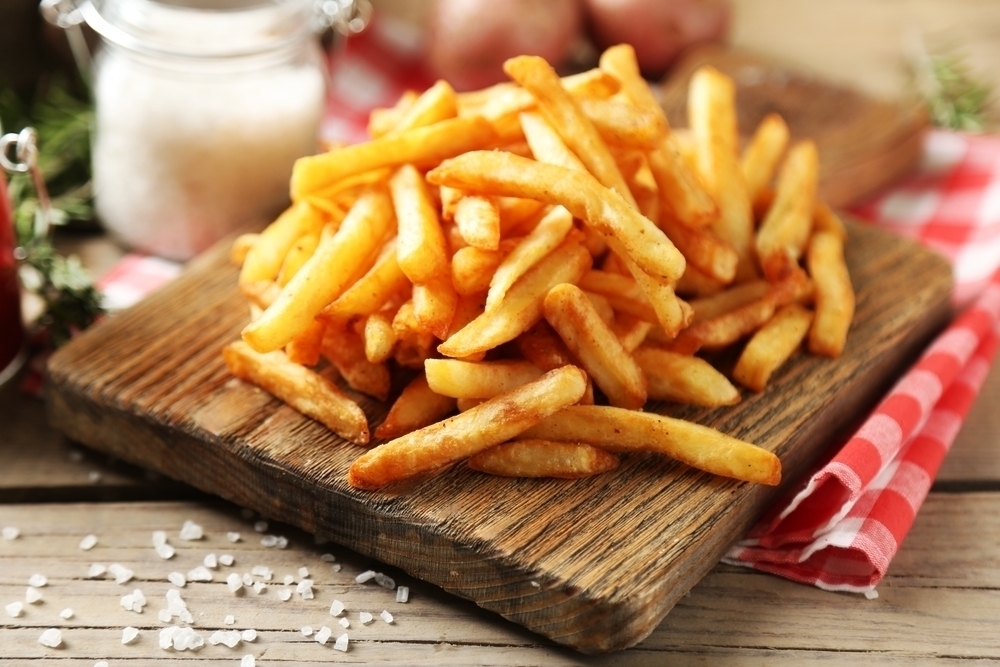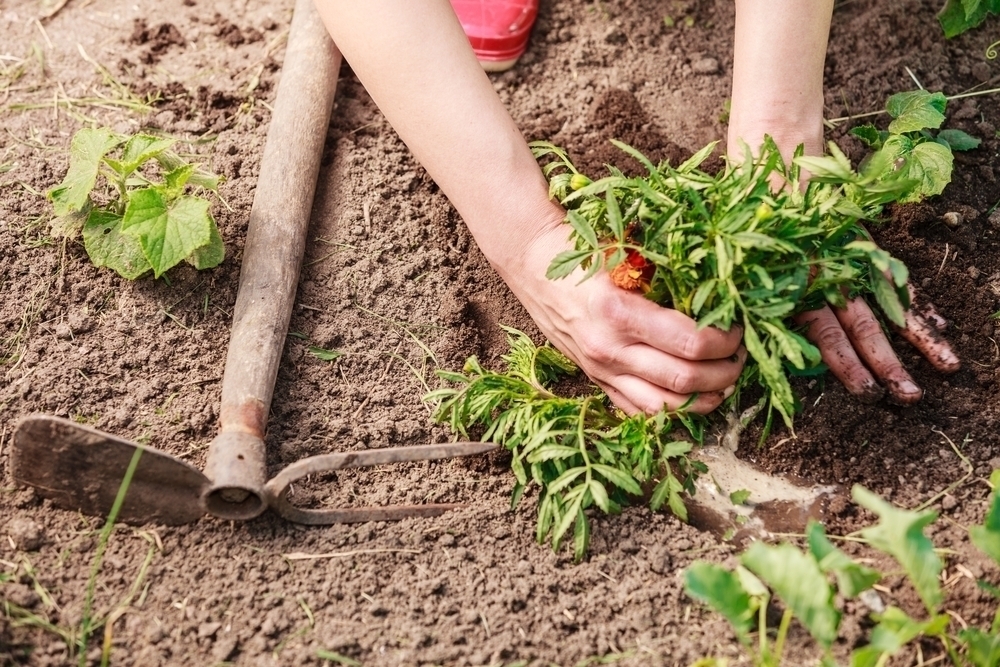Humorist and author Erma Bombeck once famously wrote, “My theory on housework is, if the item doesn’t multiply, smell, catch fire, or block the refrigerator door, let it be.” Operating on this logic, one could make a case for neglecting to clean out the medicine cabinet. After all, it’s highly unlikely you’ll find your antibiotics overrun with germs, right? Although there may be some attractive qualities to this theory, there may be some detriments to leaving your medicine cabinet unexamined for too long. The AMA recommends that you clean out your medicine cabinet once a year, and with spring cleaning upon us, this may be an ideal time. Here are some guidelines on doing just that.
What to Discard
Sara Bingel, PharmD, clinical pharmacist at Mount Sinai Hospital says, “In general, I would say many oral medications are safe to take a year or two beyond their marked expiration date.”
Items to save after expiration include pain relievers, allergy medications, like Benadryl, aspirins, stomach medications, like Tums, headache pills, and cold and flu pills.
Items to toss include itroglycerine for chest pain, life saving medications, antibiotics, liquid/suspension medications, and children’s meds.
Life-saving Drugs
When it comes to lifesaving drugs, it is crucial to heed expiration dates. The FDA requires medication manufacturers to find out how long it takes for drugs to reach a potency of 95%; after that, it is expired. That means that, when it comes to life saving meds, it’s all about getting the right amount into your body. Says Michael J. Negrete, PharmD., “I might be willing to roll the dice with cough syrup. It’s no big deal if the potency is down and it doesn’t help my cough. But imagine, with an Epi-pen, which keeps people from going into anaphylactic shock, not working.”

Store Meds Well
Expiration dates operate on the assumption that the unopened package is being kept in a cool, dry, dark place. While an untampered with package of Benedryl stored in a dark drawer in dry conditions is likely to be effective for years after its expiration date, one stored in a humid bathroom may be a very different story.
Take Visual Cues
When it comes to determining what to throw out of your medicine cabinet, there are some things you can judge for yourself. You don’t want to take a pill that crumbles in your hand and ineffective aspirin tends to smell like vinegar. Negrete advises that you, “Be suspicious of anything that looks out of the ordinary.”
Hold On To Solids, Lose the Liquids
Liquids, gels, and suspensions (in which the active ingredients is suspended in a liquid) tend to lose their potency more easily than pills and are also at risk of bacteria contamination, Bingel says, “Think rancid milk.”
Toss Children’s Meds
Paul Langevin, MD., director of cardiac anesthesiology at Waterbury Hospital comments, “Because children are smaller and their metabolic systems aren’t fully developed, I wouldn’t hang on to kids’ meds past the expiration date. Plus, a lot of medications for children are prepared in suspensions so the kids will take them and those flavored liquids can decompose and acquire bacterial growth.”
Are you cleaning out your medicine cabinet once a year? When the last time you went through your meds was.

























